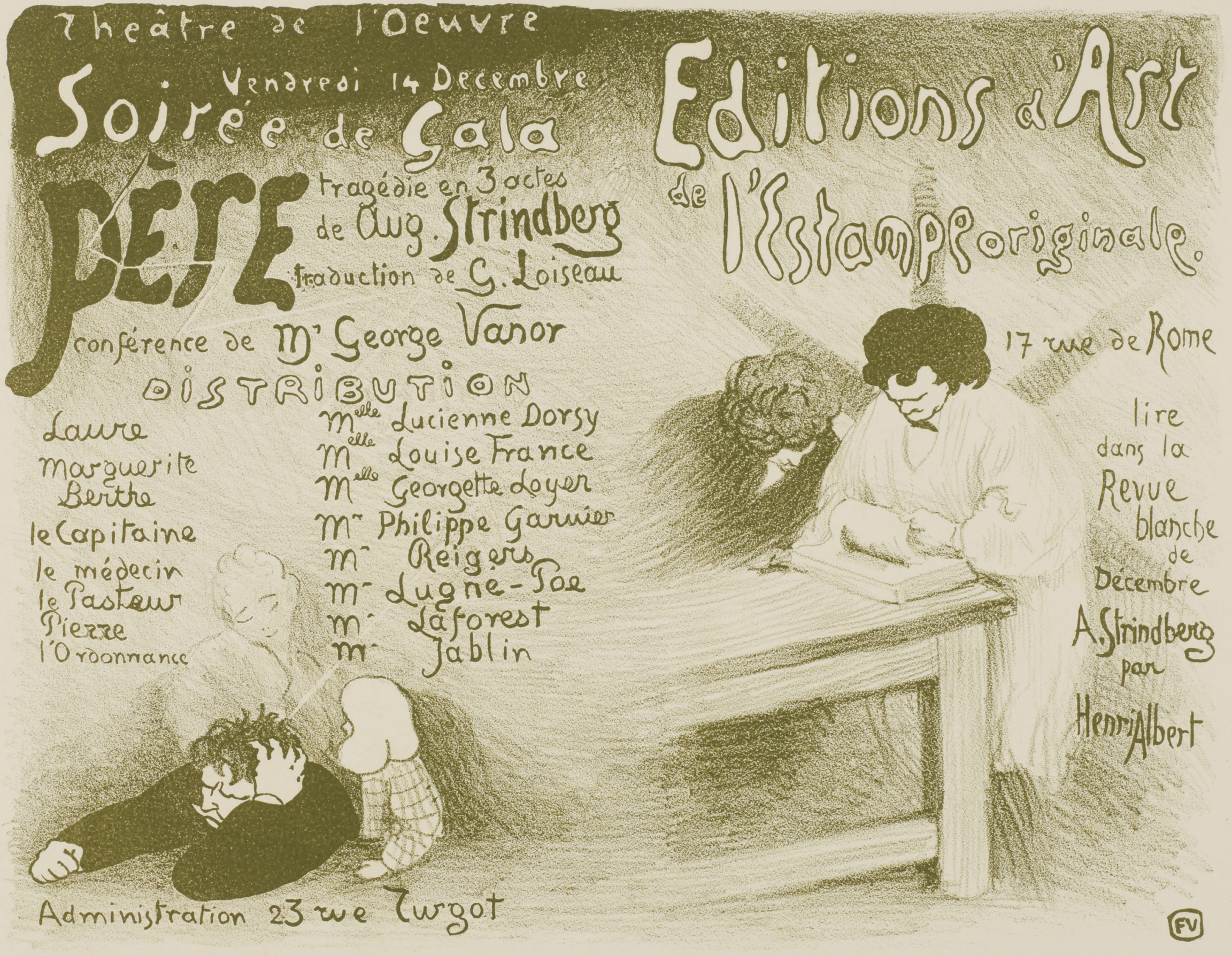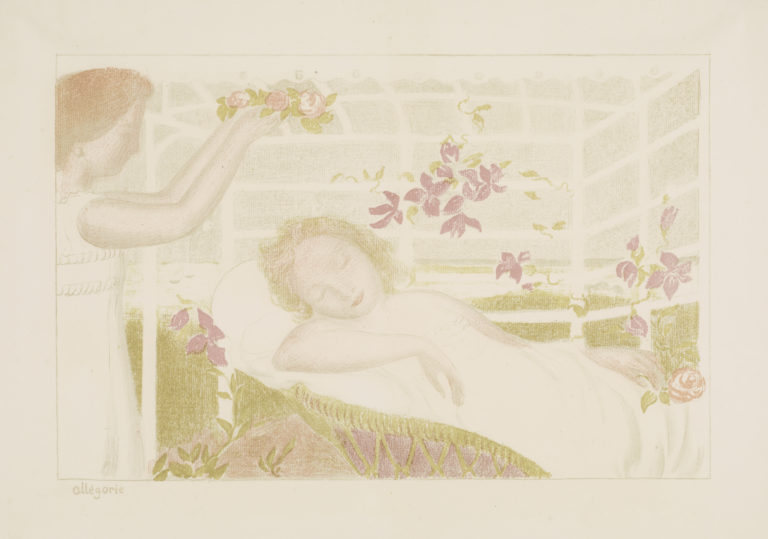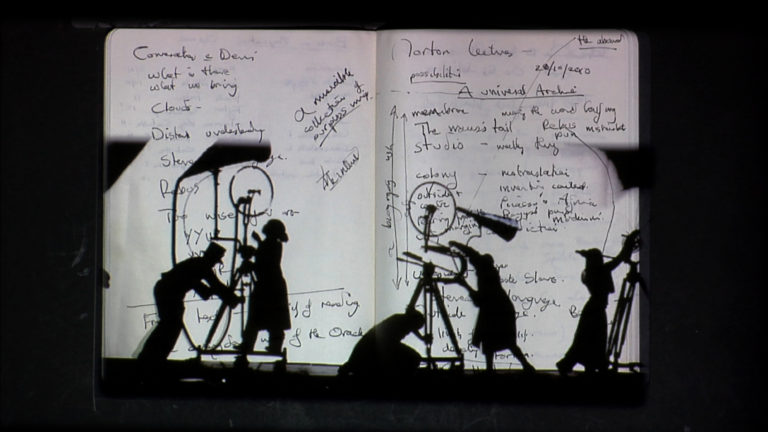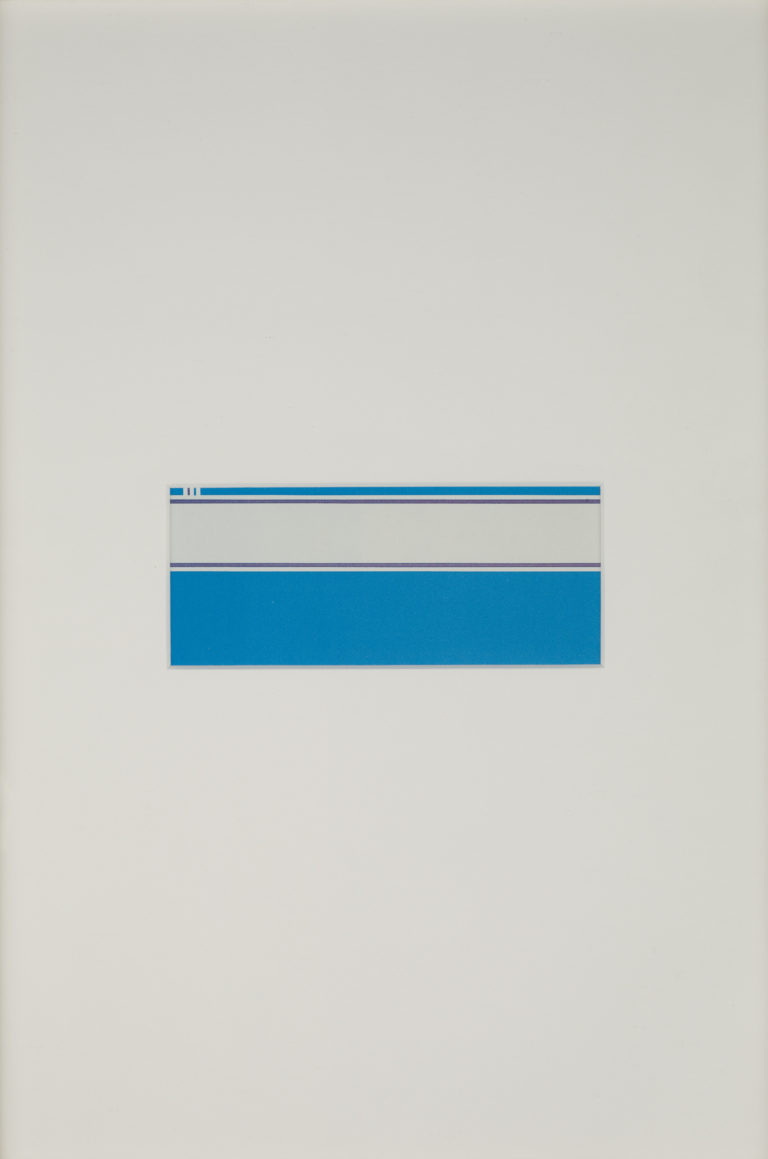Bibliography
Serge Lemoine (ed.), Le théâtre de l’Œuvre, 1893-1900. Naissance du théâtre moderne, exh. cat. Paris, musée d’Orsay, Milan, 5 Continents Editions, 2005: 76, n. 97.
Maxime Vallotton and Charles Goerg, Félix Vallotton : catalogue raisonné de l’œuvre gravé et lithographié, Geneva, Les Éditions de Bonvent, 1972, n. 53b.




Félix Vallotton made his mark not only as a painter, but also as an illustrator, particularly in the decade from 1890 to 1900 when he worked widely in the press, publishing, and advertising. This lithograph, from an original drawing in the Bremen Kunsthalle, was commissioned for a gala performance of August Strindberg’s tragedy The Father at the Théâtre de l’Œuvre in Paris on December 14, 1894. The right-hand page features an advertisement for the Editions d’Art de l’Estampe originale, a venture recently founded by André Marty to sell illustrated art books. On the margin of the right-hand page, gesturing to the left-hand page, readers are invited to read Henri Albert’s article on Strindberg in the Revue Blanche. The work therefore brings together several major players in the Symbolist movement in Paris, all closely linked to Vallotton. The previous month he had published one of his most famous woodblock prints, Le Bain (The Bath), in an issue of L’Estampe originale. He had also become the lead illustrator for La Revue Blanche the same year.
Other, deeper affinities are apparent in the print. Lugné-Poe’s staging of Strindberg’s play The Father marked the arrival of Scandinavian theatre in Paris. The plot – a couple torn by strife, driving the father insane – must have appealed to Vallotton, himself haunted by a belief in mortal hatred pitting men against women.
This print demonstrates Vallotton’s strategies for disseminating his art. It is one of around fifty individually numbered deluxe copies on vellum or Japan paper printed in bistre or green ink. The prints were sought by collectors interested in far more than their original purpose as theatre programmes.